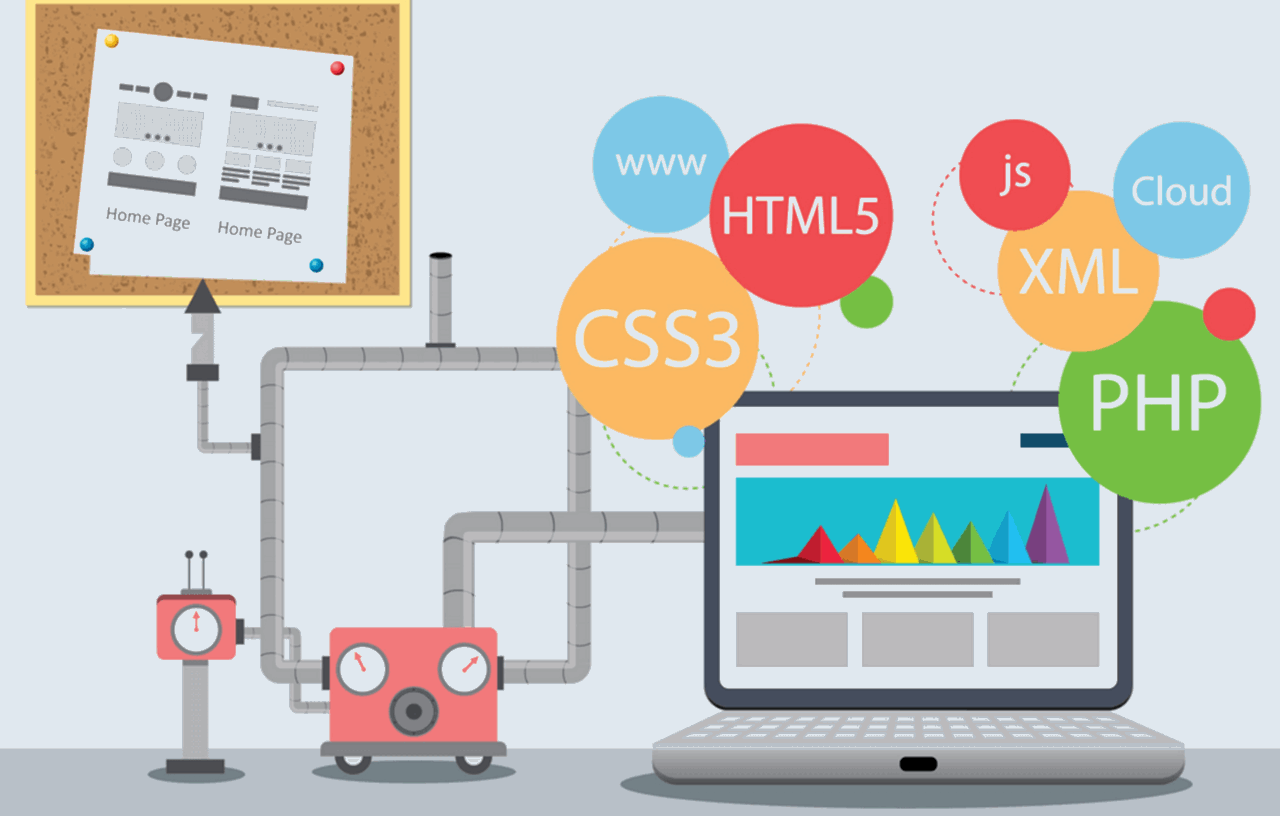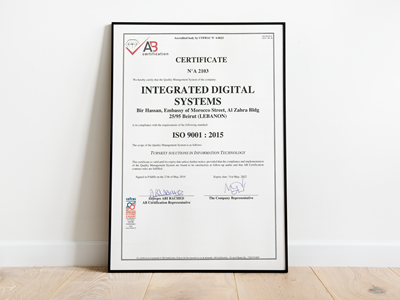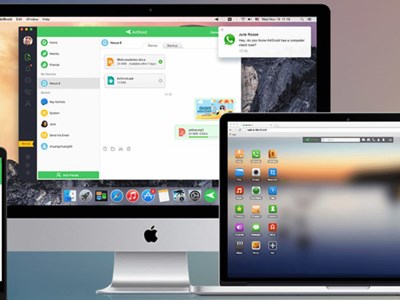What Does a Web Developer Do?
Web developers are responsible for designing and developing websites and web applications. Using variety of programming languages and web technologies, web developers manage site functionality, implement application features, and integrate security measures.
Web developers have expertise in object-oriented programming multi-platform development, and the building of web applications. They blend creative vision with project management skills to plan, design and build websites and integrated applications. Because of the complex nature of websites, developers traditionally specialize in one of two tracks: front-end or back-end development.
Front-end developers (also known as client-side development) use a variety of programming languages and frameworks such as HTML, CSS and JavaScript to build the exterior look and features of a site.
Back-end developers use programming languages such as Python and Ruby to design, build and integrate applications from front-end development into the back end—in other words, they make the features on the site operate. Individuals with skills in both front- and back-end development are known as “full-stack developers.”
Steps to Becoming a Web Developer
Web development is a flexible professional field, one that affords prospective students multiple ways to gain the training and experience necessary to begin their careers. Below is an overview of steps interested individuals can take to enter this career field.
1. Choose a Development Specialization
Each element of a website is linked to something else, and it’s a complex job to build a website successfully. Depending on their specific jobs, web developers will be proficient in using various software programs (e.g. JavaScript frameworks, version control, CSS), and will have not only the specialized knowledge that characterizes their roles, but also an understanding of the process as a whole. Prior to starting out, it’s wise to get an understanding of the type of web development work that seems interesting—such as user interface design, mobile application development, or front-end development—to best set the stage for future education and training.
2. Get an Education
No specific degree or educational path exists for careers in web development, and it’s possible to become a web developer with or without a formal education. While it’s certainly possible to learn coding languages independently, there is more to web development than coding. Individuals who can implement coding skills within a broader context may have an advantage, and that’s where a formal education can help prospective developers gain foundational knowledge of web development principles and practices, expose them to project management and situations that require problem-solving, and encourage critical thinking.
3. Develop Technical Skills
Despite the real advantages that come with an organized education, web development is still a field in which concrete skills can trump education when it comes to employment opportunities. Companies want employees who can produce, and how or where something was learned is secondary to simply being able to do it. Prospective web developers should have expertise in the three core programming components: HTML, CSS, and JavaScript. They should also learn about CSS and CSS frameworks such as Backbone, Bootstrap, and Foundation. Finally, to build applications, developers should be proficient in back-end languages such as Ruby, Java, PHP and tools such as Oracle and SQL Server.
4. Practice your coding skills
Web developers learn by doing. Set up a Github account and push code to the site. An active Github profile can get the attention of employers searching through stacks of resumes, and demonstrates not only what a candidate does to solve programming issues, but also the thinking and strategies behind those solutions. Practicing coding and getting used to using Git prepares developers to work as part of a team, as well as manage complicated site and application builds.
5. Launch an online portfolio
Employers want to see results, such as current examples of successful site and application builds. With a portfolio, developers can test new technologies and tools, as well as demonstrate their coding talent and technical capabilities. Standout portfolios can help candidates clear that crucial first hurdle: landing a job interview.
Tools and Technology
In building websites and web applications, web developers rely on a variety of tools for each step of the process. The below details major categories of technology that developers may use on a day-to-day basis.
- Hadoop
- MySQL
- PostgreSQL
- Text++
- Atom
- Vim
- Git
- Bazaar
- Subversion
- NetBeans
- DreamWeaver
- Aptana
- Zend
- Code Igniter
- Django
- C++
- Python
- Java
- Ruby on Rails
- Drupal
- JavaScript
- Firebug
- Xdebug
- Insight
Read more https://www.learnhowtobecome.org/computer-careers/web-development/













Comments